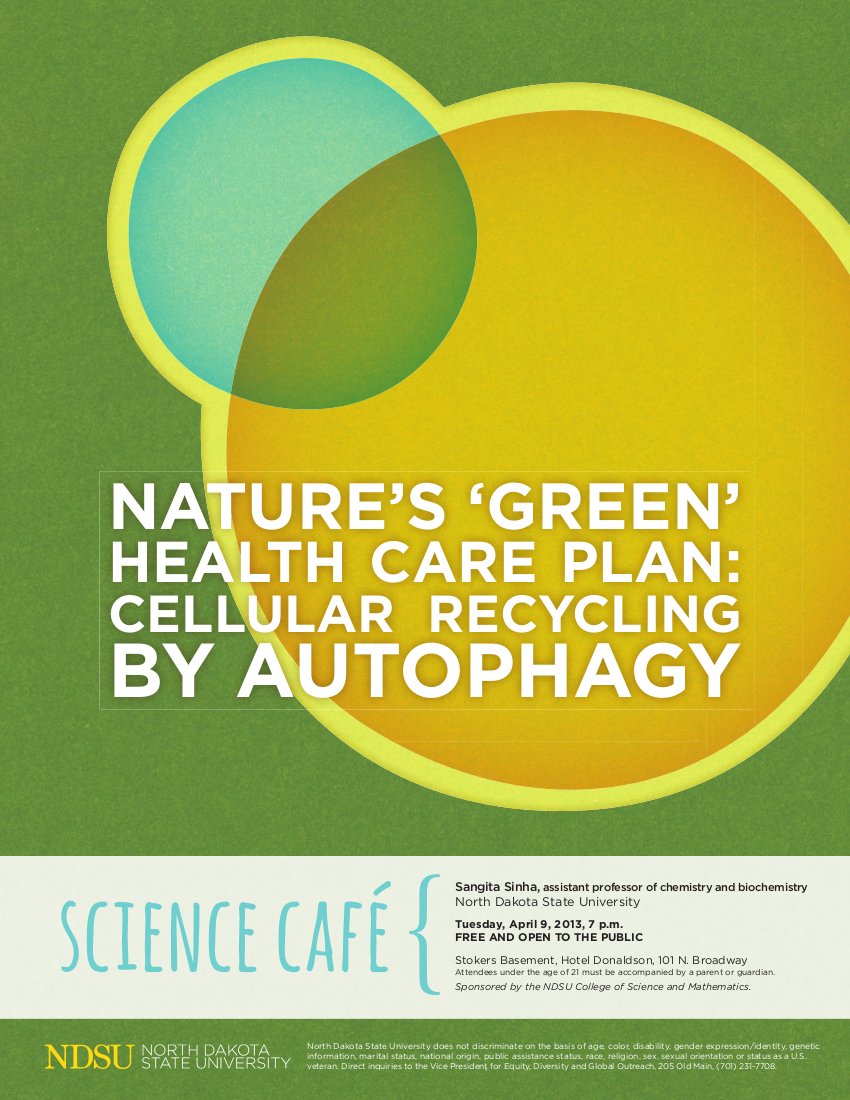
Luck isn't a Lady, it's the Statistics of Small Samples: The Science and Mathematics of the Game of Poker
Warren Christensen
Department of Physics, North Dakota State University
A smoky back room, stacks of chips and cash, eccentric and wild gamblers sit around the table… A table filled with friends, beverages, snacks, nickels and dimes, players rarely fold… A televised event with millions of dollars on the line, lots of bright lights and sunglasses, where all the chips go in after the players see only two cards. These are the images that most people conjure up when they think about a game of poker. A game most people associate with luck and gambling. Each of these misrepresents how poker is actually played by professionals, and leads to the perception that it is “just gambling” like blackjack or roulette. Playing poker has been a passion of mine for over 20 years. I will provide a look at modern-day poker, and how players use mathematics as well as insights from science to play better than their opponents. I will unpack why so many people misunderstand the game and how it has led to heavy state and federal restrictions on how it can be played.

Designer genes that won't make you look fat, and may save your life
Glenn Dorsam
Department of Veterinary and Microbiological Sciences,
North Dakota State University
Monday morning (8:04AM), you wash down a prescription pill with some orange juice. By lunch time, a fleet of designer genes is released into your blood stream, targets the diseased cells and infiltrates them. You order a Grande decaf vanilla double shot skinny latte in the afternoon (3:46PM). Five minutes later, the designer genes have completed their interrogation of the billions of DNA sequences in your diseased cells to bind and fix with 100% accuracy the mutated gene causing your disease. By the time you drift off to Jay Leno (10:44PM), your genetic disease is cured! Sounds like science fiction? If you think so then please join me at the Stoker's Basement for an examination of the exciting new medicine of designer genes. One size fits all!

Nature's “green” health care plan: Cellular recycling by autophagy
Sangita Sinha
Department of Chemistry and Biochemistry, North Dakota State University
We all know that keeping our environment clean and recycling is essential for the health of our planet. But, did you know that clean up and recycling within our cells is equally essential, and required for our health? Autophagy is an essential process that occurs in organisms ranging from yeast to humans, enabling cells to clean house and recycle molecules. Autophagy is derived from the Greek words “auto” meaning “self” and “phagy” meaning “to eat”. During autophagy, large molecular assemblies inside cells that are either not needed anymore, are damaged, or are harmful to the cell, are packaged and then degraded, and the component building blocks reused to make new molecules that the cell needs. The targeted molecular assemblies may include single protein molecules, protein aggregates, damaged or extra cellular organelles or even pathogens such as viruses and bacteria that have entered the cell. Thus, autophagy allows cells to survive conditions of reduced nutrition and increased stress and also prevents accumulation of harmful molecules inside cells, helping prevent diseases as diverse as cancer, cardiac diseases, neurodegenerative diseases, aging, and many infectious diseases. So how do we increase our levels of cellular autophagy? Pharmaceutical companies are working on developing therapeutics, but the safest and cheapest option of all is Nature's own health care plan: more exercise and reduced caloric intake, which have recently been proven to increase autophagy. And, by the way, that would also help our planet's health!

Science and Art Conservation
Stuart Croll
Coatings and Polymeric Materials, North Dakota State University
Art ages; sometimes badly. Even 'modern' art can be old enough to have deteriorated or suffered some damage. Owners, art conservators and art historians have questions about materials that were originally used by the artists, and how they might have changed over the years. Art work, even in galleries and museums, including Fargo, provides challenges for art conservators in preserving cultural and artistic heritage. Understanding the materials and their deterioration now includes 21st century scientific techniques, sometimes particle accelerators, to provide information and thus answer those questions.